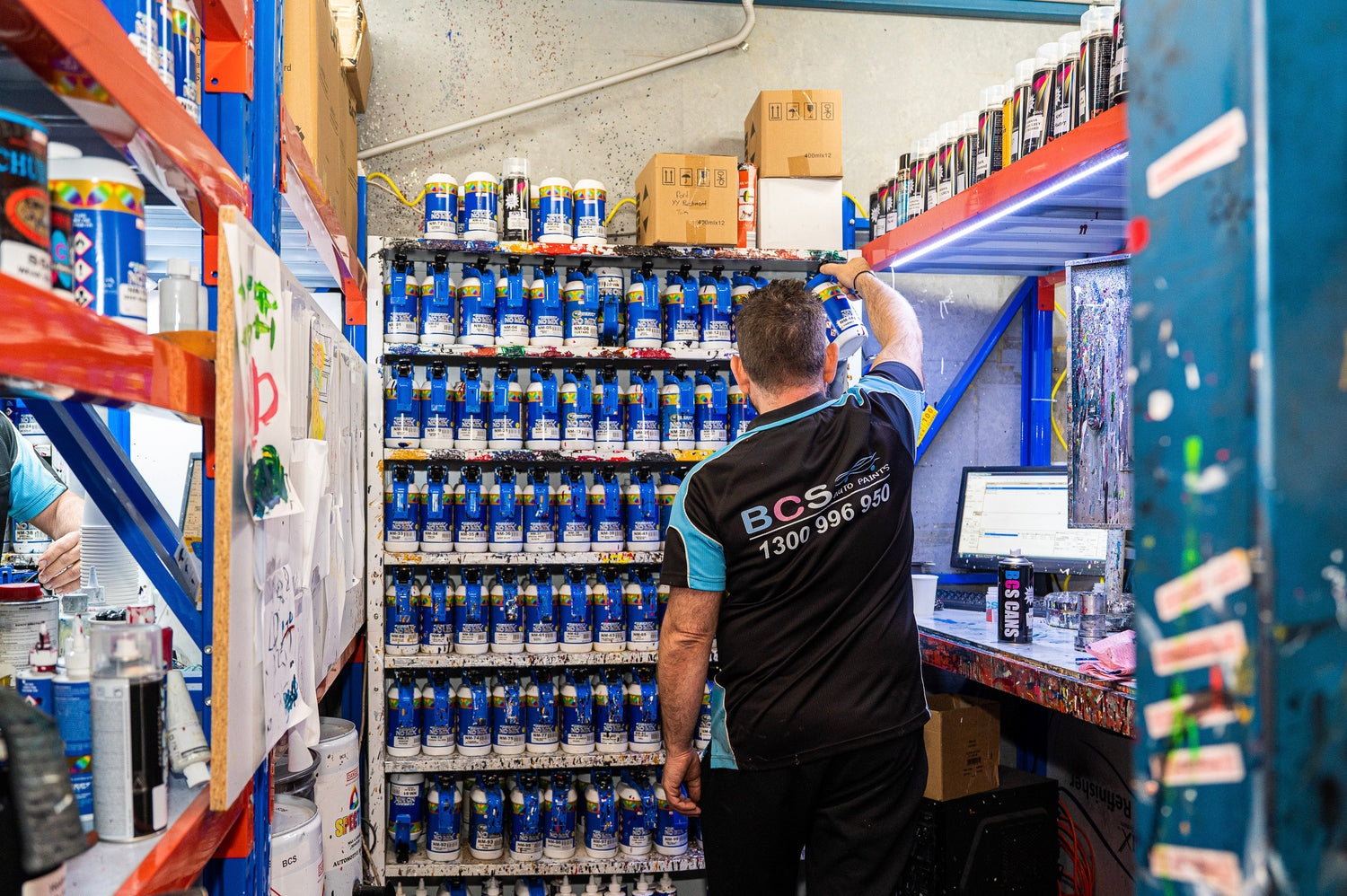Choosing the Right Car Paint: A Guide to Colors, Types, and Application
When it comes to car paint, the choices are vast and varied, and selecting the right one for your vehicle can be both exciting and daunting. Whether you are looking to restore a classic car, personalize your ride, or simply give your vehicle a fresh look, understanding the different types of car paint, their properties, and the application process is crucial.
Types of Car Paint
There are several types of car paint available on the market, each with its own advantages and specific uses. The main types include:
Acrylic Lacquer: This type of paint has been popular since the 1950s, known for its high gloss and easy application. However, it tends to be less durable and can fade over time when exposed to sunlight.
Acrylic Enamel: Offering better durability than lacquer, acrylic enamel creates a hard shell once it dries. It can be applied as a single-stage paint or as a two-stage paint with a clear coat for added protection and shine.
Urethane: Urethane paints are highly durable and resistant to chipping and fading. They are more expensive and complex to apply, often requiring professional handling to achieve the best results. Urethane is favored for its long-lasting finish and resilience.
Water-Based Paints: These are more environmentally friendly and have been gaining popularity due to their lower levels of volatile organic compounds (VOCs). They can produce a high-quality finish, but the application process can be more challenging.
Choosing the Right Color
Selecting the right color for your car is a highly personal decision, influenced by trends, personal preferences, and the car's make and model. Here are some tips to help you choose:
Personal Style: Consider what colors resonate with your personality. Bright colors like red and yellow can make your car stand out, while neutral colors like black, white, and gray offer a classic and timeless appeal.
Resale Value: Some colors tend to have better resale value. Neutral colors like silver, white, and black are often more appealing to a wider audience.
Maintenance: Darker colors tend to show scratches and dirt more easily, whereas lighter colors can hide minor imperfections and require less frequent cleaning.
The Application Process
Applying car paint involves several steps, each requiring precision and attention to detail to achieve a professional finish:
Preparation: This involves cleaning the car, sanding the surface to remove old paint and imperfections, and applying a primer to help the new paint adhere properly.
Painting: Using a spray gun, the paint is applied in several thin layers, allowing each layer to dry before applying the next. This process ensures an even coat and reduces the risk of runs and drips.
Clear Coat: After the paint has dried, a clear coat is applied to protect the paint and give it a glossy finish. This layer also helps to protect the auto paint from UV rays and environmental damage.
Polishing and Buffing: Once the clear coat has dried, the surface is polished and buffed to remove any imperfections and enhance the shine.

Comments
Post a Comment